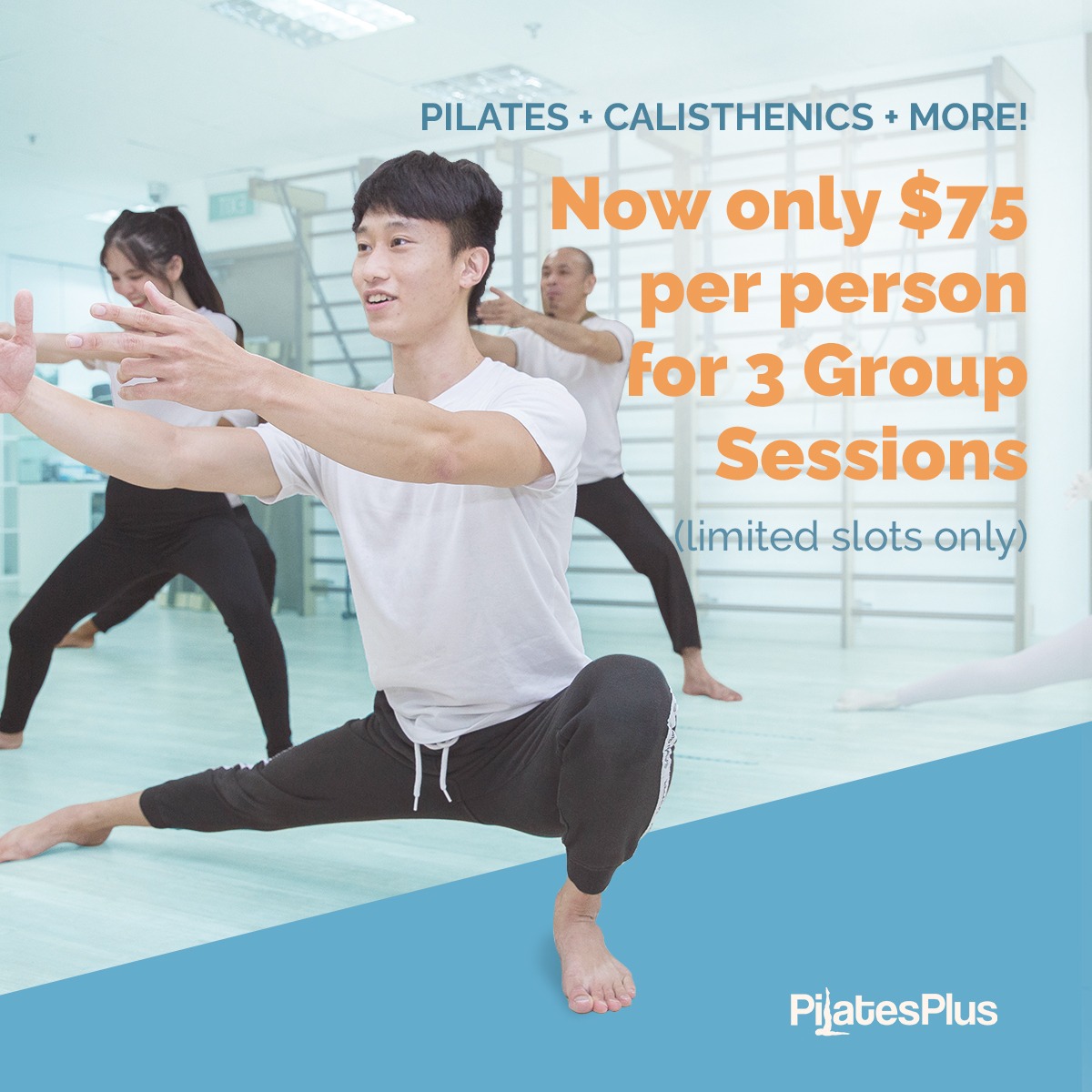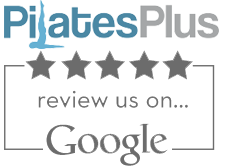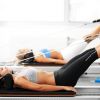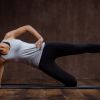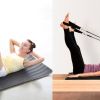How Do You Really Get Better At Pilates Reformer Exercises!?

The Pilates Reformer exercises are unique, and they are hard to replicate without the machine. The combination of the springs, the moving carriage, and how you position your body on the Reformer gives you a very different experience with the movement. But because of this complexity, it can be overwhelming to understand the exercises even after several sessions.
After teaching Pilates for more than 20 years, I found a few things that work very well for my students to help them understand the exercises on the Pilates Reformer.
These are the six things you need to do in order for you to get better with the Reformer exercises:
- Understand how to properly align your body
- Improve your awareness without the Reformer machine
- Adjust the resistance or the intensity of the exercise
- Move slow and with purpose
- Coordinate the movement with the breathing
- Breakdown the movement into small components
I will explain to you one by one, so you will understand better what I mean.
1. Understanding proper alignment
Pilates Reformer exercises are specifically designed to work on realigning your joints and the way you move.
In the leg and footwork exercises for example, where you push the foot bar while you are lying down in a supine position. It is very important to understand that your toes, knees, and hips are properly aligned as you move back and forth.
Another angle you can look at these same exercises is at the hip and shoulder area. It is quite common for the hips and shoulders to be off-centered as you do the movement, which can compromise the benefit of the exercises.
You want to make sure that you are always properly aligned when doing Reformer exercises as you want to reinforce a better posture. Otherwise, you will end up reinforcing a bad alignment.
2. Awareness of the body without the Reformer machine
The Pilates Reformer is very effective in improving your flexibility, strength, and awareness. Still, sometimes it can be quite overwhelming, especially when you are new to the machine or learning a new exercise.
The best approach to work around this is to take the movement out of the Reformer and do part of the movement in a similar position. Then you can focus more on engaging the right muscles or doing the right sequence.
A good example is when you are doing the Seated Rowing exercise, which is a relatively long sequence to memorize. You can improve faster if you do the exercise seated on the floor and work on the arm movement sequence. Then go back to the Reformer once you have developed better awareness of the body in relation to the exercise.
3. Adjust the intensity or resistance
Reformer exercises can be quite challenging, and you need to learn how to adjust the intensity of the movement. You will end up compensating if you are struggling too much, which will develop into a bad habit in your practice.
On the other hand, doing an exercise at the same intensity for a long time will no longer stimulate your body to get better.
Depending on the movement, there are a couple of ways you can adjust the intensity of the reformer exercises.
- Changing the springs – this is pretty obvious, but one thing to take note of is that more springs don’t mean more intensity on all Reformer exercises. For example, when doing Pelvic press or Elephant stretch, lesser springs will intensify the movement. Compared to working on an arm press with straps in the supine position, adding more springs will make it harder.
- Decreasing or increasing the range of motion. The same with the springs; changing the range of different exercises can go either way. Abdominal exercises can be generally harder if you do a smaller range. It is good for you to explore multiple ranges to understand the movement deeper.
- Changing the setup of the machine or movement will also affect the intensity. In the Stomach Massage exercise, the height of the foot bar and where you sit on the carriage will play a big part in increasing or decreasing how hard the movement is.
4. Slow and purposeful movement
You should be familiar with this if you have been doing Pilates for some time, but sometimes we forget how important it is. Slow movements will also make it harder as it requires more control, and it gives you enough time to feel and check your form if you are doing it correctly.
Doing it slowly is not enough; understanding the purpose of the movement, knowing which muscles to contract, keeping your spine lengthened at all times, opening the shoulders back and down on arm exercises are among the few common things you have to remember as you do the movements.
5. Pair the movement with the breathing
Controlled Breathing exercises alone can do a lot of good things to the body. And incorporating the breath in your movement practice is one great way to still get the benefits of the breathwork, and it will also make your movement better.
Your breathing in Pilates will create a tempo in your movement to control the exercise and help activate the deeper core muscles.
Here is an article I wrote on Pilates breathing so you can understand more about it.
6. Breakdown the movements into small components
The best way to get better in any exercise is not just doing the same movement all the time but to break it down into several parts and practice them independently. Once you have fully understood all the components of the movement you are working on, you put them together.
In most arm exercises, for example, it is very common that your shoulder posture will be compromised as you do the movement. Instead of just correcting the shoulders while doing the actual exercise, you can step down, face the mirror, and do a separate drill just for your shoulders only. It can be a simple as shrugging up and down your scapula or protracting and retracting it. This will deepen your control on the specific muscles of your shoulders will give you a better chance of controlling it once you go back to practicing the whole exercise.



